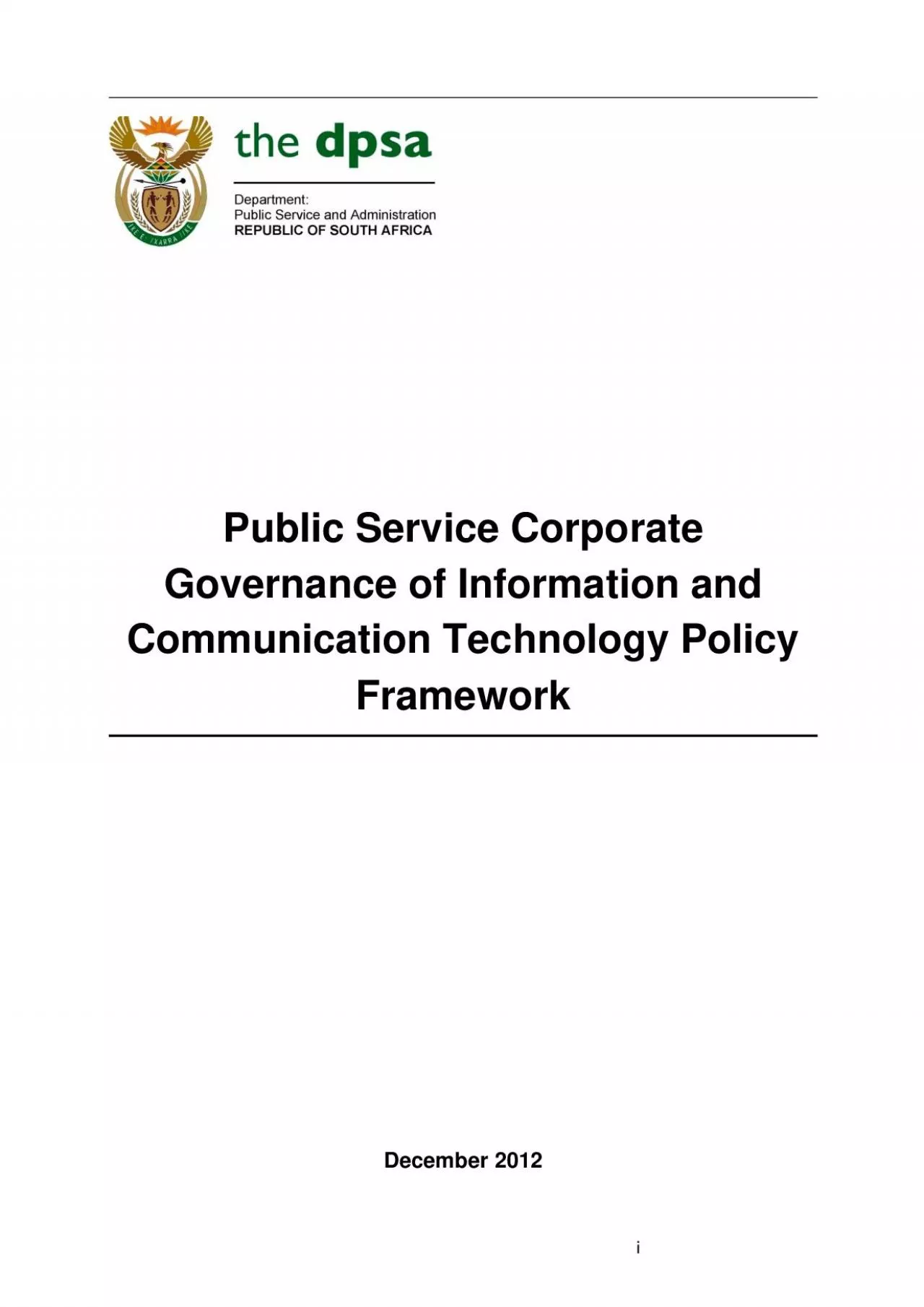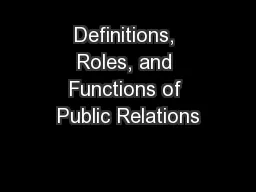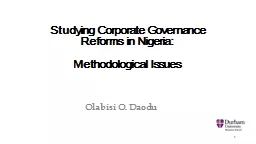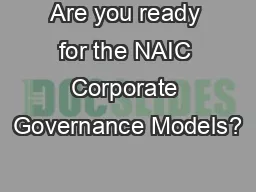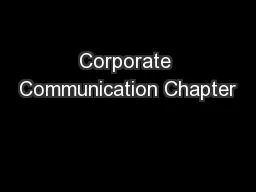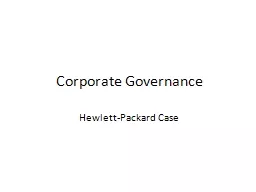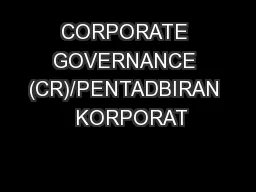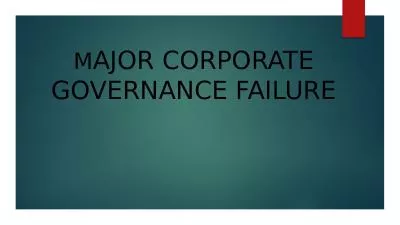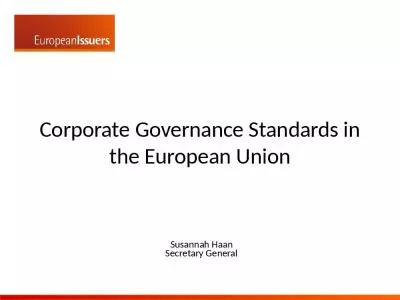PDF-Public Service Corporate Governance of Information and Communication T
Author : roberts | Published Date : 2021-08-17
DecemberEXECUTIVE SUMMARY Government transformation is a strategic level informed by governmentwide key priority areasat have beentranslated into 12 strategic outcomesguided
Presentation Embed Code
Download Presentation
Download Presentation The PPT/PDF document "Public Service Corporate Governance of I..." is the property of its rightful owner. Permission is granted to download and print the materials on this website for personal, non-commercial use only, and to display it on your personal computer provided you do not modify the materials and that you retain all copyright notices contained in the materials. By downloading content from our website, you accept the terms of this agreement.
Public Service Corporate Governance of Information and Communication T: Transcript
Download Rules Of Document
"Public Service Corporate Governance of Information and Communication T"The content belongs to its owner. You may download and print it for personal use, without modification, and keep all copyright notices. By downloading, you agree to these terms.
Related Documents

